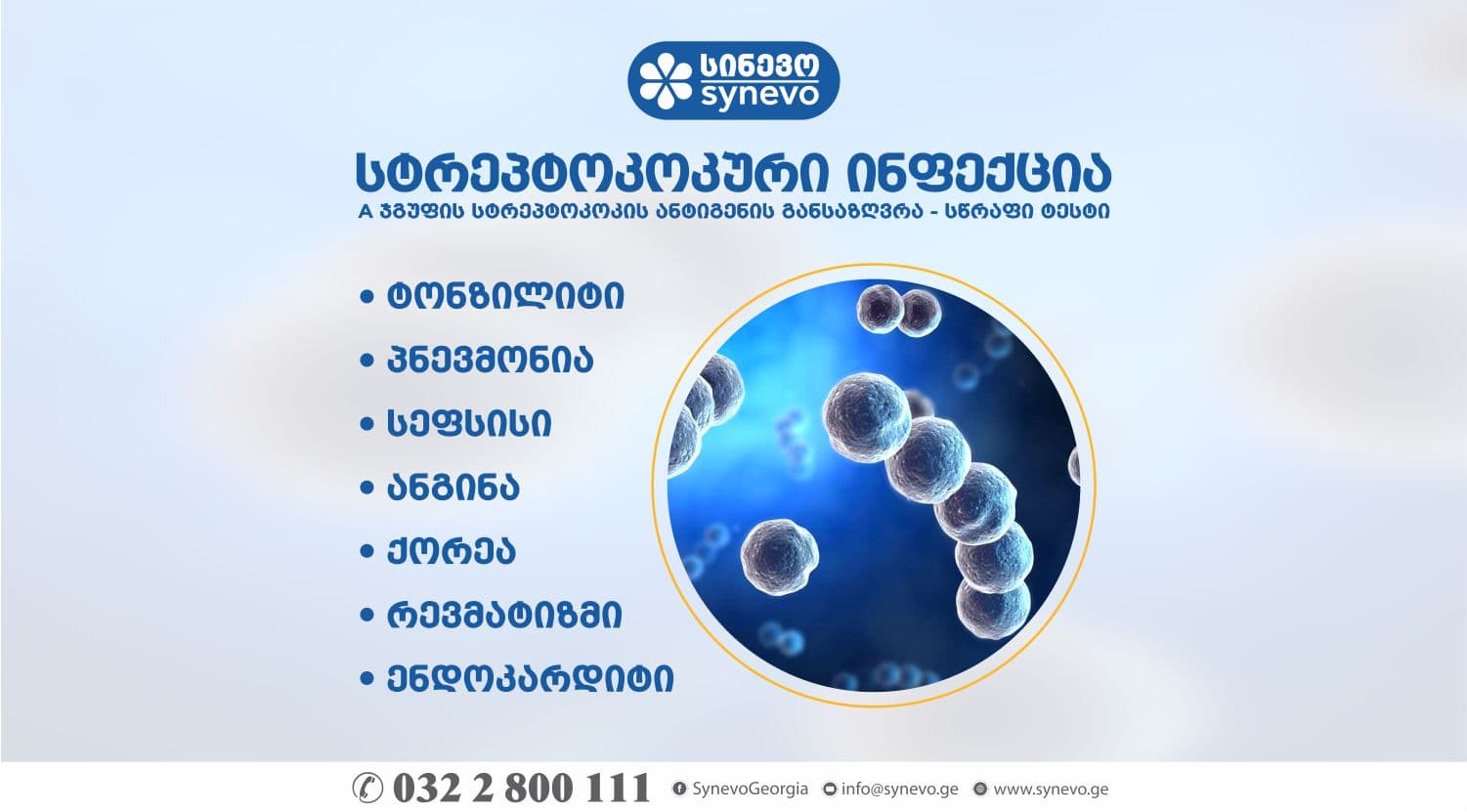
The site is temporarily down due to maintenance. Sorry for the inconvenience.
The site is temporarily down due to maintenance. Sorry for the inconvenience.
The site is temporarily down due to maintenance. Sorry for the inconvenience.
The site is temporarily down due to maintenance. Sorry for the inconvenience.
Quality & Accuracy
Experience
The latest technologies
Speed &
Credibility
₾45.00 Original price was: ₾45.00.₾40.50Current price is: ₾40.50.
Toxoplasmosis Is a parasitic disease (parasitosis) caused by an intracellular single-celled parasite, Toxoplasma gondii-With. In the life cycle of a parasite, humans are the intermediate hosts and members of the cat family are the ultimate hosts. The life cycle includes various forms: trophozoite - invasive form (acute manifestation); Cyst - responsible for persistent and latent infection; Oocyst - is found only in cats and plays an important role in the transmission of the parasite. In the latter hosts the parasite multiplies and is excreted (in the form of oocysts) during the acute course of feces.
Cats are the main reservoir of the disease. The parasite is ubiquitous. It is found in soil contaminated with the feces of infected animals (cats). Humans become infected by eating raw or undercooked meat that contains parasite cysts or by the water and food in which oocysts are found. Vertical transmission (fetal transplants) from the mother who developed the disease during pregnancy is important.
Infection develops when parasitic forms first enter the digestive system, where they multiply in intestinal cells. They reach the lymph nodes through the lymphatic system, from where they enter the bloodstream and reach distant organs. The parasite mainly affects the nervous system, eyes, skeletal muscles and heart. Cysts can form in these organs - during latent and chronic infection. The immune system is important for disease progression.
There is no specific symptom characteristic of toxoplasmosis. In immunocompetent people it either occurs asymptomatically or with nonspecific symptoms - fatigue, fever, and enlarged lymph nodes (most often the neck lymph nodes).
In people with impaired immunity treated with cancer, HIV, and immunosuppressants or corticosteroids, the parasite can cause serious harm. Active toxoplasmosis can cause encephalitis, myocarditis, pneumonia, chorioretinitis, or a widespread infection. The suppressed immune system promotes the activation of latent toxoplasmosis.
Acute toxoplasmosis is asymptomatic in most pregnant women. Injury to the fetus occurs during transplacental transmission from a mother who became infected during pregnancy. Toxoplasmosis in the first trimester of pregnancy is associated with an increased risk of preterm birth and miscarriage. The fetus has chorioretinitis (damage to the eyes), diffuse intracranial (intracranial) calcifications, hydrocephalus (larger head circumference, increased volume of fluid in the skull).
Toxoplasmosis manifests itself in the second or third trimester in a subclinical or mild form. Toxoplasmosis is involved in TORCH syndrome.
5 forms of toxoplasmosis are described:
For the diagnostics of toxoplasmosis, imaging tests, serological tests, and tests for parasitic DNA are performed by molecular biological methods.
Serological tests look for specific antibodies against the pathogen. Based on serological tests IgM and IgG antibodies To reveal.
In the acute period of infection, in the first week, IgM antibodies Appears and reaches a peak in about 30 days, then gradually decreases in 3-6 months, but may persist for a low titer for about two years. Demonstration of IgM antibodies is useful in diagnosing recent infection.
In some patients, IgM antibodies may disappear within 3 weeks of the onset of the disease. Therefore, detection of IgM may not be a reliable criterion for diagnosing acute primary infection or reactivation of the infectious process. The diagnostics of primary infection can be made in the presence of IgM antibodies, in the presence of low-grade IgG, and in increased dynamics of IgG antibody concentrations (increased 4-fold at 10-14 day intervals).
Detection of IgM during pregnancy in early seronegative women may indicate a recent infection that may lead to congenital toxoplasmosis. False positive reactions to various IgM and IgG antibodies are often observed during pregnancy. In such cases, studies are performed to determine the dynamics of IgG at intervals of 10-14 days.
The results should be interpreted with caution in patients with impaired immune status as they are characterized by low IgG titers and IgM antibodies may not be detected at all.
No special preparation is required for the test.
Venous blood
Positive result:
Negative result:
| Anti-toxoplasmosis IgM | Anti-toxoplasmosis IgG | Interpretation |
| negative (-) lead Negative |
negative (-) lead
|
Negative result.
If in doubt - repeat the test after 3 weeks. |
| negative (-) lead Negative |
capacitor positive (+) lead Positive |
Old infection |
| Suspicious |
negative (-) lead
|
Possible acute infection.
False positive results are not excluded. Repeat in 1 week. |
| capacitor positive (+) lead Positive |
negative (-) lead
|
Possible acute infection.
False positive results are not excluded. Repeat in 2-3 weeks. |
| negative (-) lead Negative |
Suspicious | Vulnerable immunity. Repeat in 1 week. |
| Suspicious | Suspicious | Vulnerable immunity. Repeat in 1 week. |
| capacitor positive (+) lead Positive |
Suspicious | Possible acute infection. New test after 2-3 weeks. |
| Suspicious | capacitor positive (+) lead Positive |
Previous infection or false positive IgM test.
Check for IgG affinity in the same serum. |
| capacitor positive (+) lead Positive |
capacitor positive (+) lead Positive |
Possible recent infection.
It is recommended to check for IgG affinity in the same serum, re-examining after 2-3 weeks with a change in IgG titer. |
https://spravochnik.synevo.ua/ru/torch-infekcii/toxoplasmosis.html
https://www.synevo.bg/toksoplazmoza-serologiya/
Other tests




Testing process
|
Purchase a test |
Submission of material |
|
Results Online |
Consult a doctor |

More than 1000 routine and complex/specific diagnostic tests in all major areas of clinical pathology.

48 laboratory centers in 25 cities of Georgia: Tbilisi, Rustavi, Kutaisi, Batumi, Marneuli, Telavi, Zugdidi, Zestafon, Gori, Kobuleti, Akhaltsikhe, Khashuri, Sartichala, Kazbegi, Borjomi, Samtredia, Gurjaani, Lagodekhi, Akhmeta, Ozurgeti, Poti, Chiatura , Dusheti, Kareli, New Gudauri.

Use the Synevo web platform to view results from anywhere and anytime
Use the Synevo web platform to view results from anywhere, anytime
From Monday to Saturday you can use the laboratory services at home.
☎️ Hotline: 239 38 33 or 239 40 65
577293008 (9:00-დან 17:00-მდე)
30 laboratory centers in 11 cities of Georgia: Tbilisi, Kutaisi, Batumi, Kobuleti, Zugdidi, Zestaponi, Rustavi, Marneuli, Akhaltsikhe, Telavi, Gori.
More than 3000 routine and complex / specific diagnostic tests in all major areas of clinical pathology.

"Synevo" - Providing a wide range of diagnostic services in Georgia, offering more than 1,000 routine and specific diagnostic tests in all major areas of clinical pathology. By the end of 2023, the Synevo Georgia network will include 3 clinical laboratories and 47 blood sampling units, which will perform more than 300,000 tests.
Contact information
Address: Tsinandali St. N9 (N1 Clinical Hospital area)
2021 – 2023 © Synevo. all rights reserved